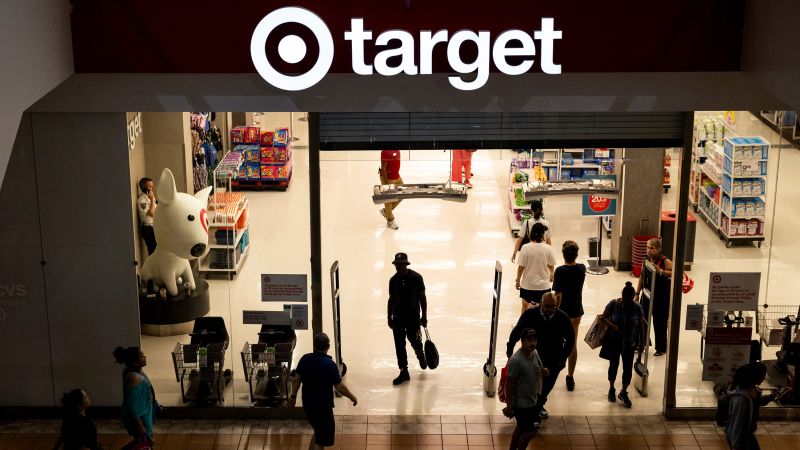Retailers in America experienced a shoplifting epidemic last year, resulting in store closures, increased security measures, and significant financial losses. Target, for example, reported over $500 million in profit dent due to theft and organized retail crime, leading to store closures and safety concerns for workers and customers. However, this year, the narrative has shifted, with retailers reporting improvements in merchandise losses known as shrink. Target’s chief operating officer mentioned progress on shrink during an analyst call, indicating a better grasp on lost merchandise. Other retailers have also seen stabilized or improved merchandise losses and have dialed back their rhetoric on the issue.
The improvement in shrink rates is due to companies’ more accurate accounting of their merchandise losses. Retailers initially underestimated their losses, leading to overestimations in some cases when adjusting their metrics. Retailers have implemented new ways to prevent theft, such as locking up products and removing self-checkout stations, which may have been effective in reducing the problem. Additionally, local and state governments have provided more assistance in cracking down on theft and organized crime, with new legislation creating stricter penalties for retail theft.
The retailers’ messaging around shrink this year indicates that their efforts to address the problem are working. However, questions have been raised about the severity of their shoplifting problems, with suggestions that some companies may have exaggerated the impact of shrink and theft to mask other issues. The narrative around shoplifting has been highly politicized, with reports of widespread theft nationwide following the pandemic. However, data suggests that retail crime has not significantly increased in recent years and has even decreased in some areas.
Retailers calculate their shrink rate based on a physical count of inventory on hand, with customer and employee theft driving the majority of losses. Despite a slight increase in the average shrink rate in 2022 compared to the previous year, it remained in line with pre-pandemic levels. Many retailers have reduced their inventory levels, leading to lower shrink rates. However, Johnston from the National Retail Federation emphasizes that shrink is just one part of the story and does not account for other concerns such as violence against workers and damage to stores.
While retailers have seen improvements in shrink rates, theft and organized retail crime continue to pose challenges. The shoplifting rate in major cities has increased in the first half of 2024 compared to previous years, highlighting ongoing concerns. Retailers have implemented various strategies to minimize theft, such as locking up products and working more closely with law enforcement. However, these measures have also led to frustration among shoppers, who prefer easy access to products. Retailers are focusing on adding layers of security to reduce theft, with initiatives showing positive progress in addressing the growing problem of organized retail crime.


